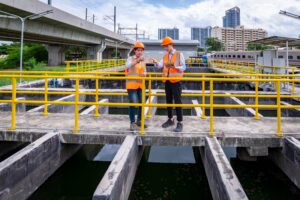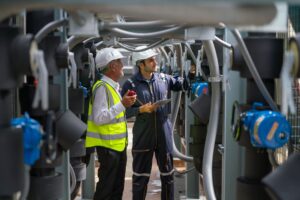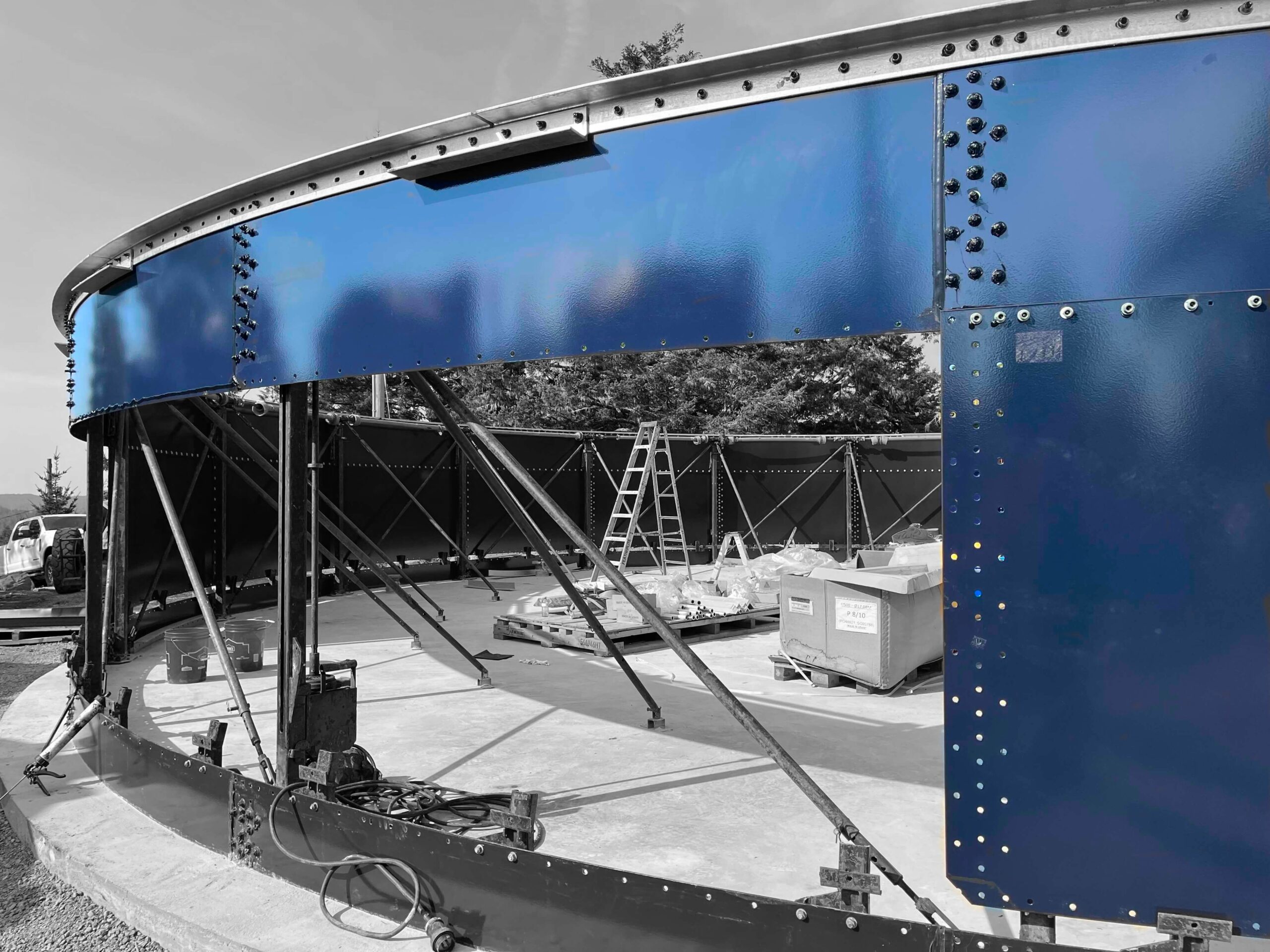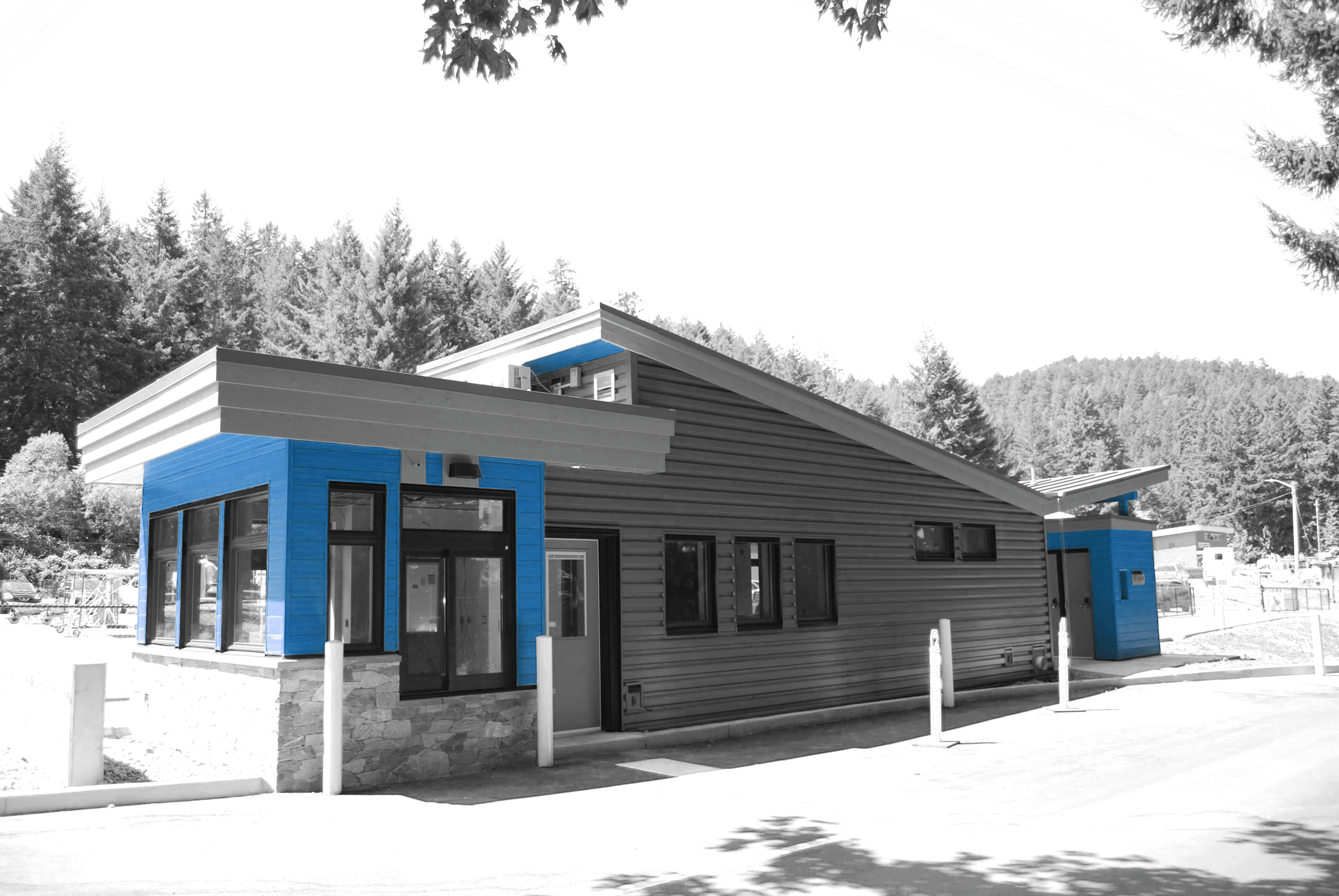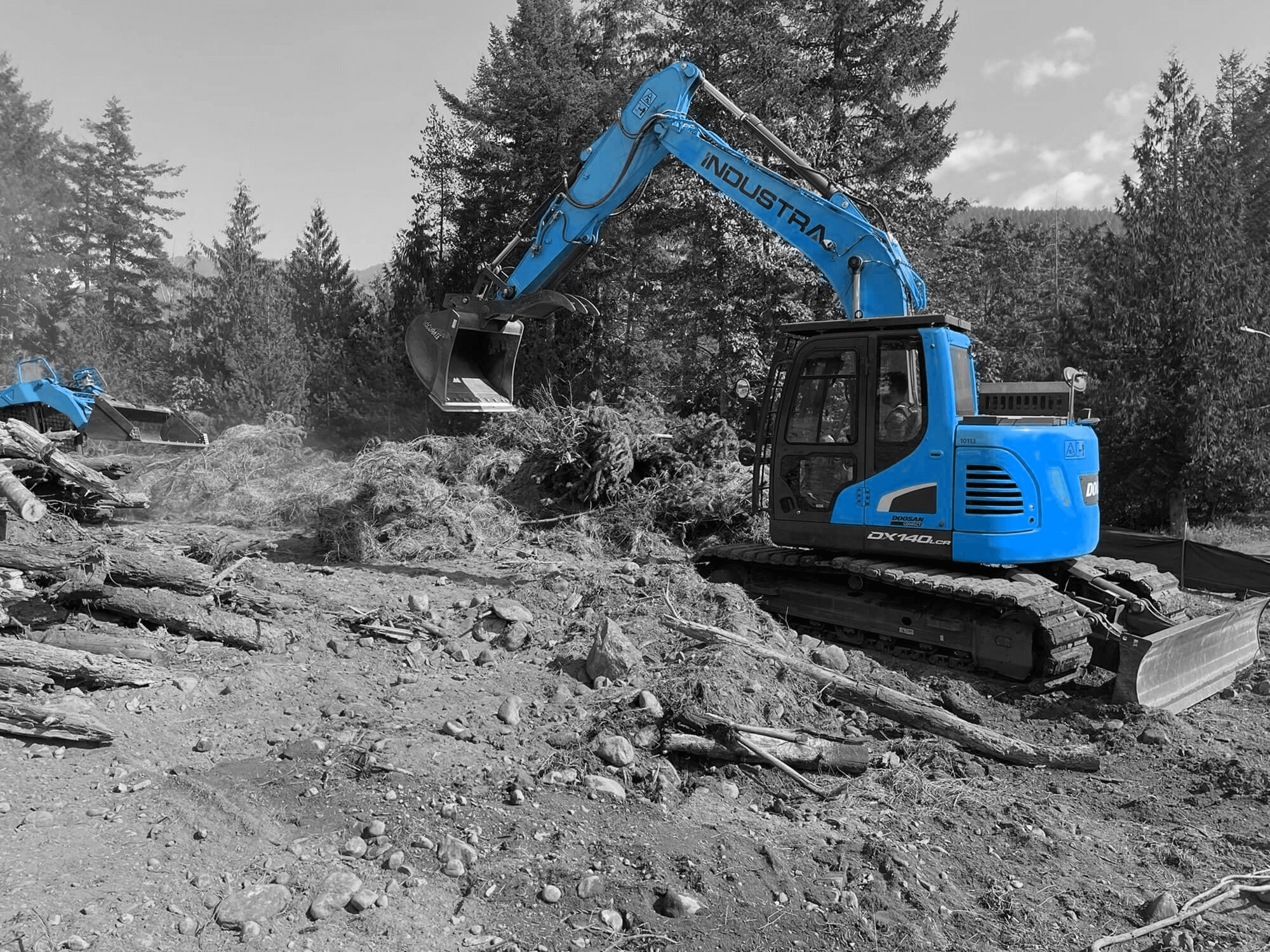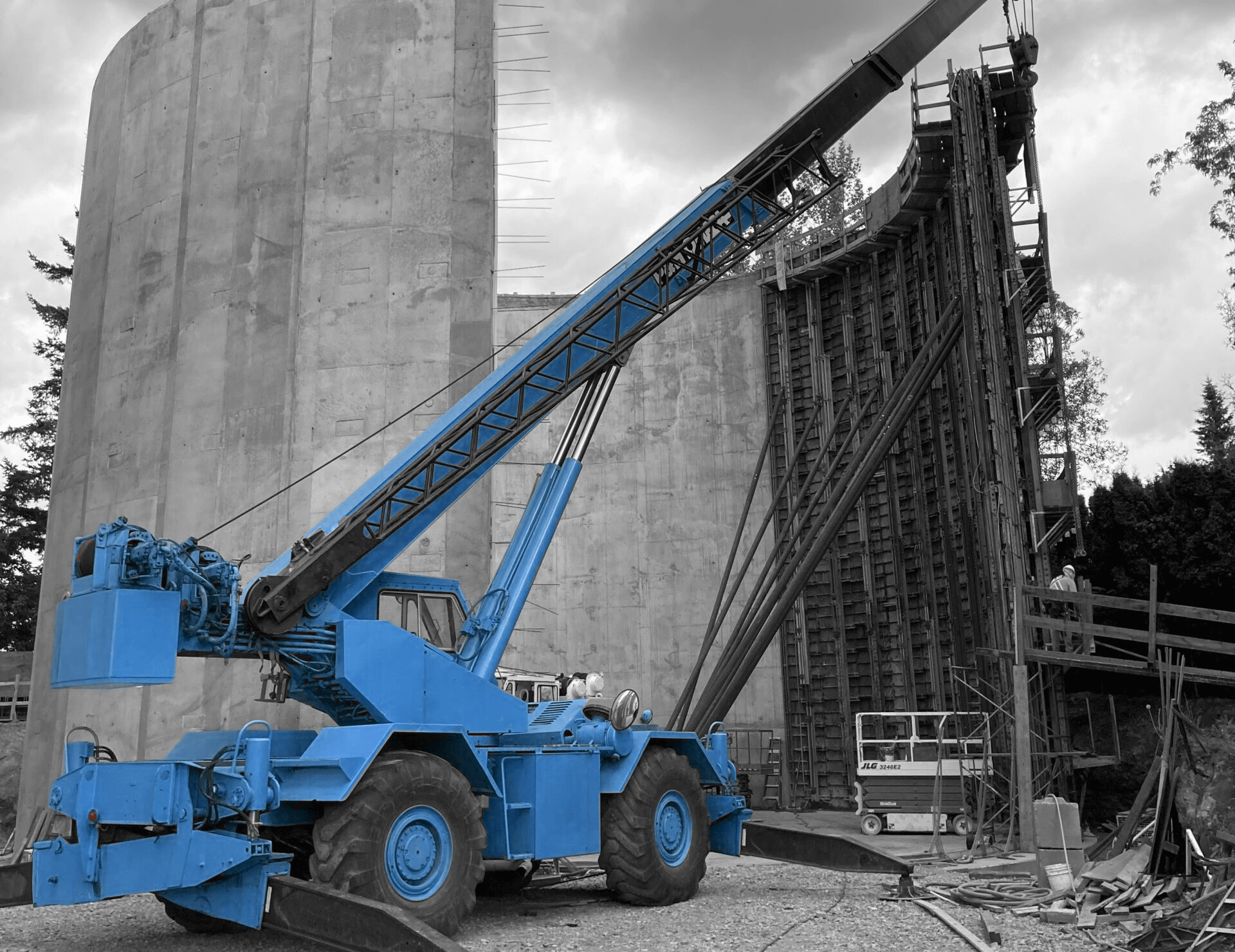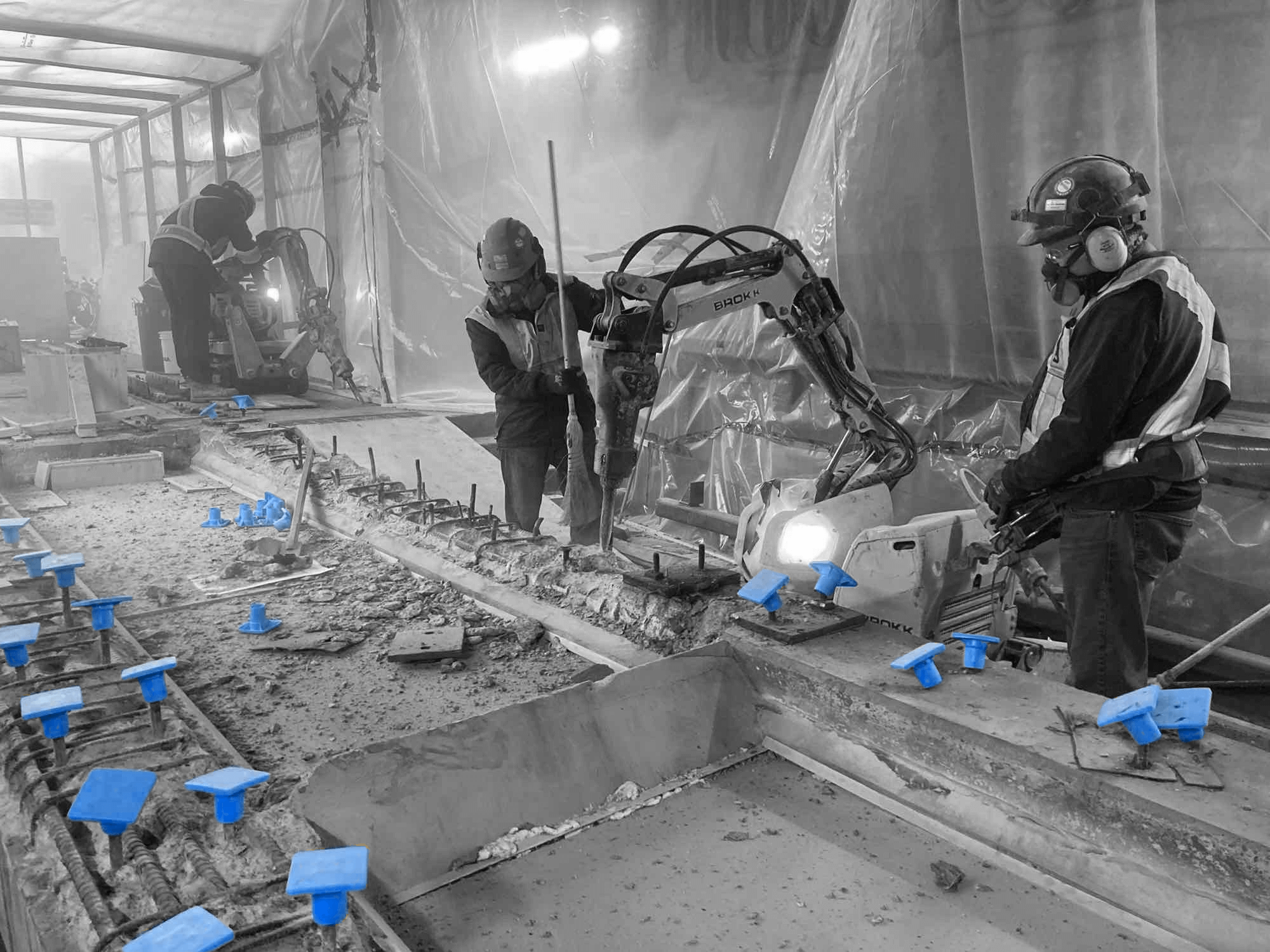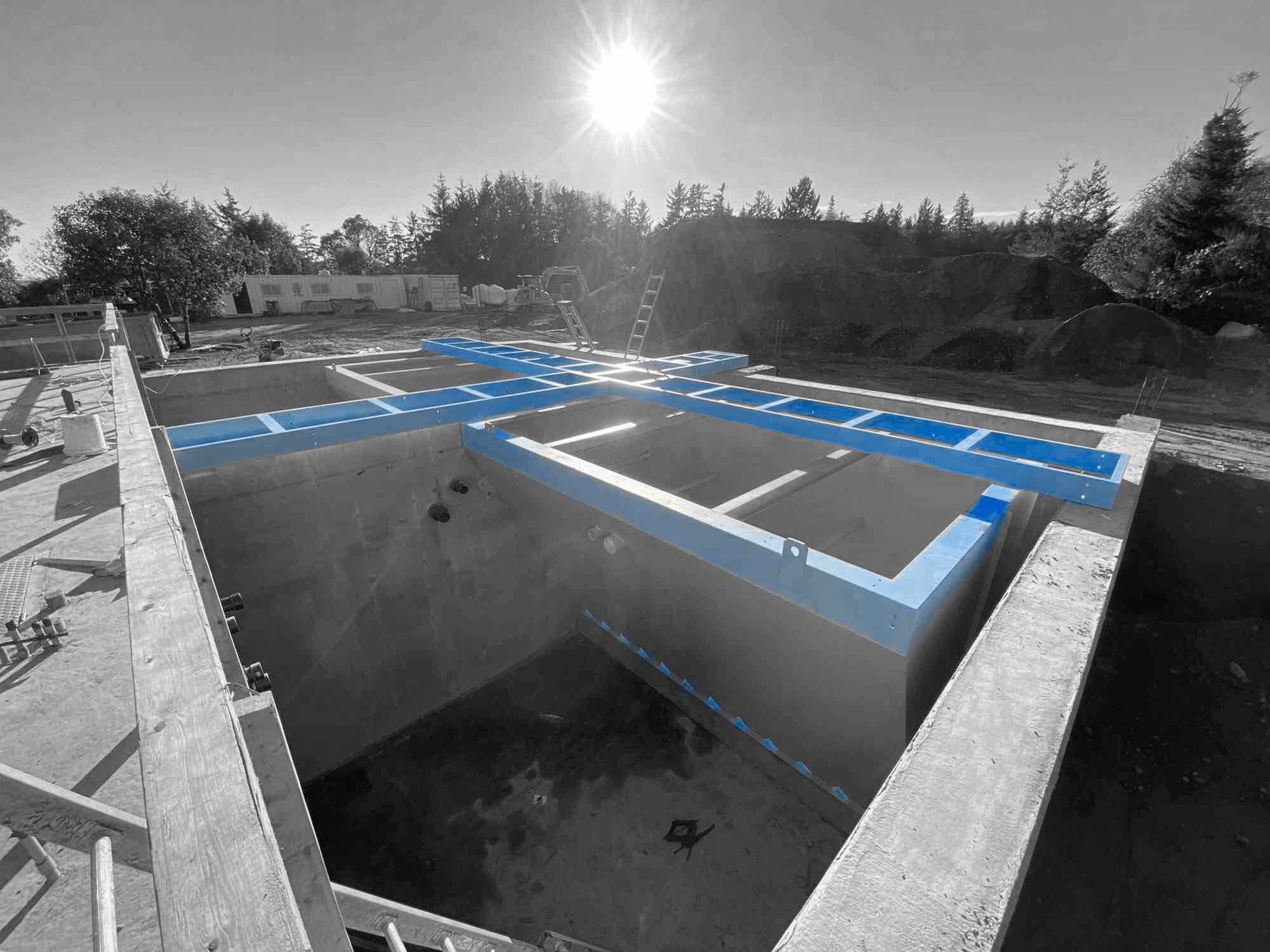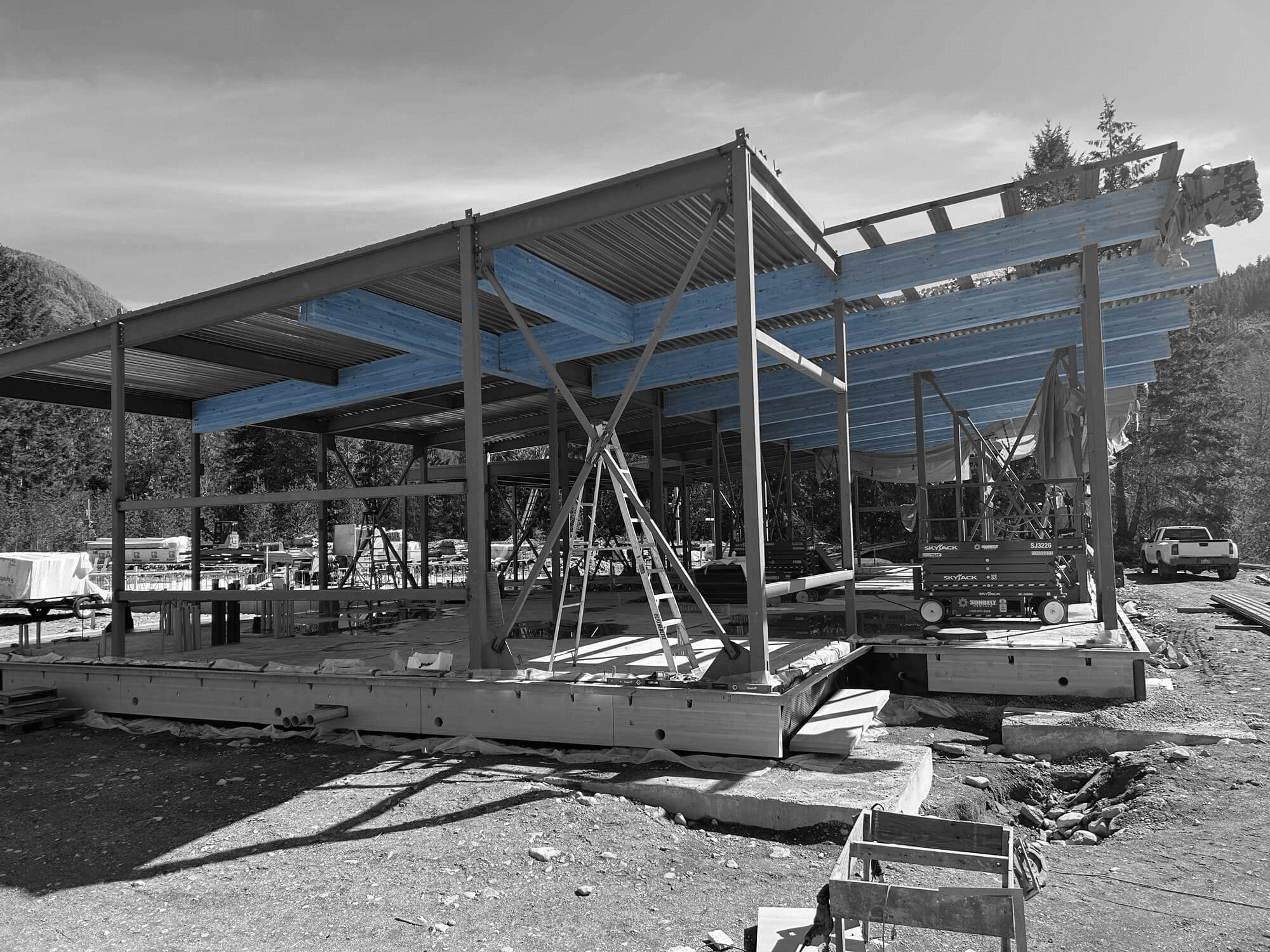Water is a vital resource that supports life and development across the globe. Ensuring its safety is one of the top priorities in civil construction, particularly in areas where clean water is essential for communities and ecosystems. Water safety measures in civil projects help protect this precious resource from contamination and wastage, promoting healthier environments.
Civil construction plays a crucial role in water safety by incorporating advanced techniques and technologies into building practices. These efforts are instrumental in maintaining the quality and availability of water resources. As our understanding of environmental impacts grows, so does the importance of integrating water safety into construction practices.
By focusing on sustainable methods and innovative solutions, civil construction aims to address the challenges of water management and quality assurance. This not only benefits the environment but also ensures that communities have access to safe, reliable water sources for years to come. Understanding these strategies and their impact can help us build a future where water safety is guaranteed.
Understanding the Importance of Water Safety in Civil Construction
Water safety is critical in civil construction projects, as it ensures that the water remains clean and free from contaminants. Protecting water resources is essential not just for immediate community needs but for long-term environmental health. Safe water in construction sites prevents pollutants from entering natural water bodies, which is crucial for preserving ecosystems and supporting agriculture and recreation.
Civil construction techniques make a big difference in maintaining water quality. Techniques like careful planning of drainage systems and positioning of construction materials minimize the risk of water contamination. During construction, it is also important to manage stormwater runoff effectively, preventing erosion and sedimentation that can pollute water sources.
The impact of water safety on communities and the environment is profound. By ensuring water safety, civil construction projects promote public health and reduce the risk of waterborne diseases. Clean water is a vital part of life, providing hydration, sanitation, and food production. Moreover, these efforts help maintain biodiversity, as many species depend on water for survival. Being mindful of water safety decisions during construction helps ensure a sustainable and healthier future for both people and nature.
Innovative Civil Construction Techniques for Water Safety
Modern civil construction employs innovative techniques to safeguard water resources. One such technique is permeable paving, which allows water to seep through surfaces, reducing runoff and recharging groundwater. This technology helps manage stormwater naturally, decreasing the chances of flooding and erosion.
Green infrastructure is another effective solution for managing water runoff. This includes the creation of green roofs and rain gardens that absorb rain, lowering runoff volumes and improving local water quality. These features not only support water safety but also add aesthetic value to urban environments.
Advanced filtration systems also play a significant role in treating water. These systems remove harmful substances from water used in construction, ensuring that only clean water returns to the environment. Installing effective filters at drainage outlets helps catch pollutants before they enter local waterways.
Sustainable materials and practices further enhance water safety. Using materials like recycled aggregates for construction minimises environmental impact. Approaches that reduce water usage during construction protect water resources for future use. By adopting these innovative methods, civil construction projects support healthier ecosystems and ensure that water safety remains a top priority.
Challenges in Achieving Water Safety Through Construction
Achieving water safety in civil construction presents several challenges. One significant hurdle is the potential for contamination during construction activities. This can arise if hazardous materials are improperly managed, leading to spills and leaks into nearby water bodies. Controlling these risks requires careful planning and rigorous safety protocols.
Legal and environmental regulations also impact water safety efforts. Construction companies must comply with numerous rules to protect water resources, including those governing wastewater treatment and pollution discharge. Navigating these regulations can be complex, but adherence is crucial to avoid fines and protect the environment.
Poor planning and outdated infrastructure present additional obstacles to water safety. If construction sites are not properly designed to handle stormwater, there can be increased flooding and pollution risks. Aging infrastructure can further complicate matters, as older systems may not meet modern safety standards. Upgrading these systems is often necessary to achieve effective water management and ensure communities have access to clean water.
Best Practices for Effective Water Safety Management
To effectively manage water safety, it is essential to integrate safety measures into every phase of a construction project. Planning should include thorough risk assessments to identify potential water safety challenges. Once identified, proactive measures can be implemented to mitigate these risks.
Continuous monitoring and maintenance of water safety systems are crucial for long-term success. Regular inspections help ensure that systems function correctly and are not compromised by wear and tear. Timely maintenance prevents small issues from becoming significant problems, thereby guaranteeing consistent water quality and safety.
Collaboration among stakeholders is vital in achieving successful water safety outcomes. Bringing together experts, local communities, and regulatory bodies fosters an environment where best practices can be shared and implemented effectively. This cooperative approach ensures that everyone is on the same page, enhancing the overall effectiveness of water safety initiatives.
Conclusion
Water safety is a key component of sustainable civil construction. By employing modern techniques and overcoming the associated challenges, construction projects can safeguard invaluable water resources. The combined efforts of innovative technology, strict regulatory compliance, and collaboration with stakeholders create a comprehensive approach to water safety management.
Industra Construction Corp. is committed to these principles, ensuring that every construction project supports water safety and sustainability. We believe that careful planning and continual innovation in civil construction can make a significant impact on preserving water resources for our communities. Partner with us to explore cutting-edge solutions and witness our dedication to water safety in your next construction project.



